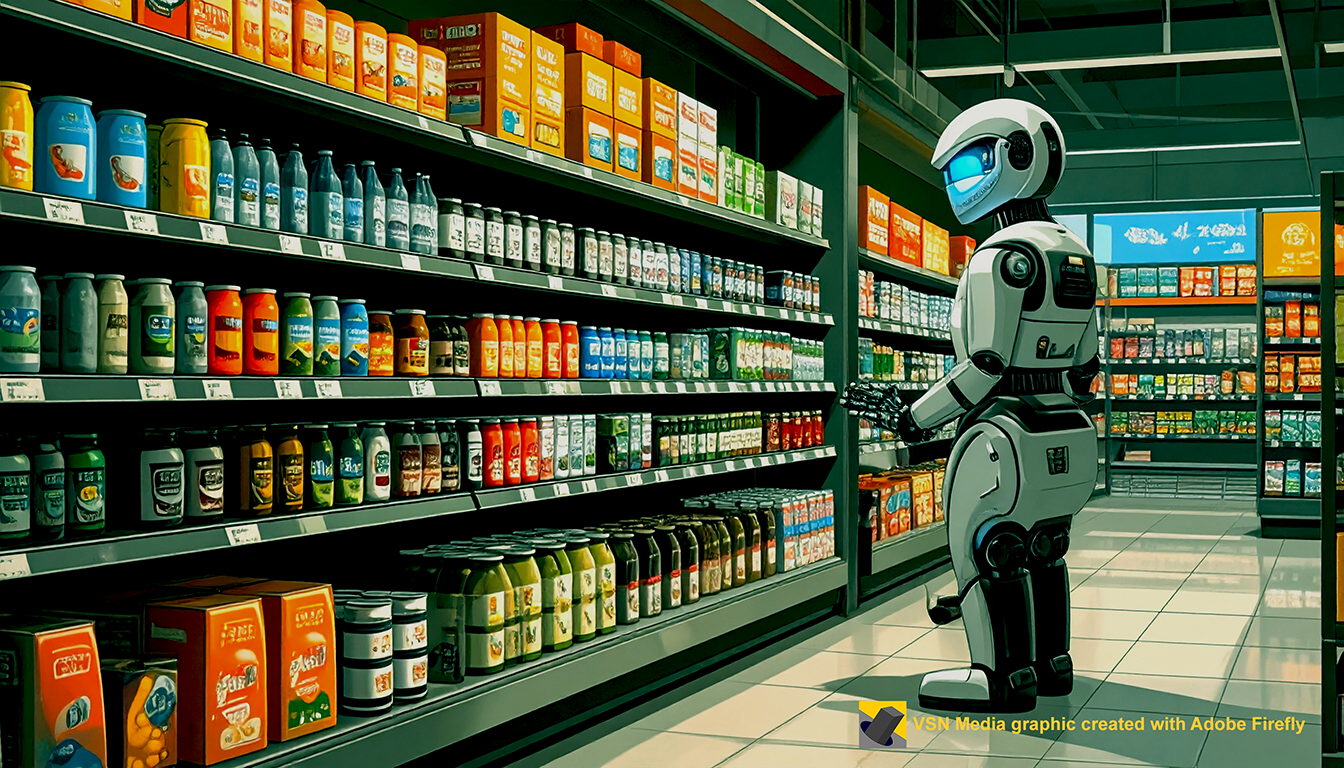WITH THE ADVENT of Artificial Intelligence, Category Management is poised to get faster, more frequent, more connected and more accurate.
At least those are the promises we keep hearing from advocates of AI-powered decision tools: Your AI agent will access more and better data sources… Its decision tools will slash the duration of planning cycles… It will recommend actions in minutes that presently occupy countless hours for human merchants… It will plan and track personalized promotions with greater granularity… It will free human experts to focus more on strategy and less poring over spreadsheets.
If even some of this turns out to be true, CPGs could be facing some foundational changes in the way they collaborate with retailers to bring their products to market.
For Dr. Brian Harris, widely credited as the developer of the eight-step framework that solidified Category Management in 1997, AI holds the potential to re-animate a widely-used business process that has become a rote (plodding) exercise for many.
“Six months to develop a plan is no longer good enough. You need it within six weeks or even six days,” he said.




 CONSUMER SURVEYS FROM
CONSUMER SURVEYS FROM